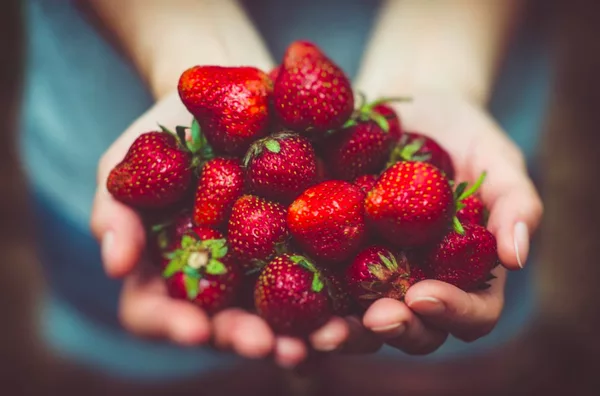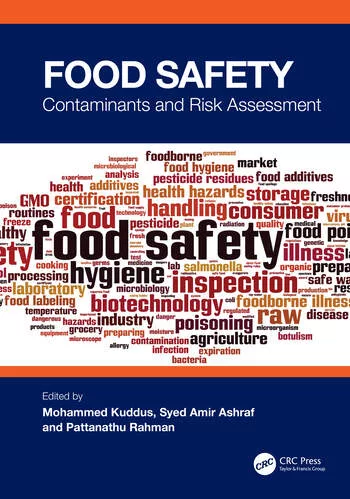Strawberries, Spinach, and Kale Top 2019 “Dirty Dozen” List

The Environmental Working Group (EWG) has once again released their annual list of the “dirtiest” and “cleanest” fruits and vegetables available to U.S. consumers.
EWG’s analysis is drawn from data provided by the U.S. Department of Agriculture (USDA). Prior to testing, all produce was washed and peeled. Still, USDA’s data shows the presence of 225 different pesticides on fruits and vegetables sold in the U.S. This means that simple washing of fresh produce does not remove all pesticide residues.
This year, probably the most shocking revelation is that kale—one of the most popular health foods in the U.S.—is among that most contaminated produce items. More than 92 percent of kale samples had two or more pesticide residues detected, and a single sample could contain up to 18 different residues. The most frequently detected pesticide, found on nearly 60 percent of kale samples, was Dacthal, which has been classified by the U.S. Environmental Protection Agency since 1995 as a possible human carcinogen. That chemical has been prohibited for use in Europe since 2009.
It’s been almost 10 years since USDA last tested kale for the presence of pesticide residues. According to the data, the number of pesticide residues found on kale has increased significantly, making it third on this year’s Dirty Dozen list.
Here are the top foods that consistently have the highest concentration of pesticide residues:
- Strawberries
- Spinach
- Kale
- Nectarines
- Apples
- Grapes
- Peaches
- Cherries
- Pears
- Tomatoes
- Celery
- Potatoes
- Hot peppers
For 2019, the Clean Fifteen—produce items that tend to have the least pesticide residues are:
- Avocados
- Sweet corn
- Pineapples
- Sweet peas (frozen)
- Onions
- Papayas
- Eggplants
- Asparagus
- Kiwis
- Cabbage
- Cauliflower
- Cantaloupes
- Broccoli
- Mushrooms
- Honeydew melons
EWG notes that a small amount of sweet corn, papaya, and summer squash sold in the U.S. is produced from genetically modified seeds. Their advice for consumers is to buy organic varieties of these crops to avoid genetically modified produce.
According to EWG’s 2019 analysis, nearly 70 percent of the produce sold in the U.S. is covered with pesticide residues.
EWG is a nonprofit and nonpartisan group that has been ranking fresh produce based on their levels of pesticide contamination (number of pesticides and amount of each pesticide) since 2004. The results are compiled into their Shopper’s Guide to Pesticides in Produce each year. The guide is meant to be a resource for consumers who cannot buy organic produce—for whatever reason. With this list, consumers can choose produce types based on their possible presence of pesticide contamination.
See last year's list.
Looking for quick answers on food safety topics?
Try Ask FSM, our new smart AI search tool.
Ask FSM →





